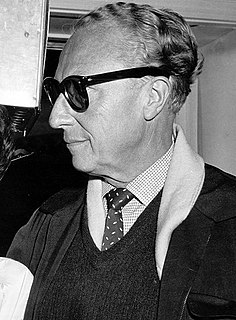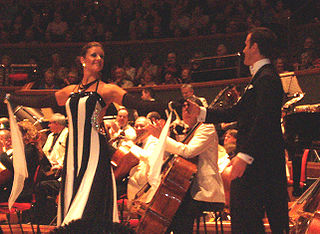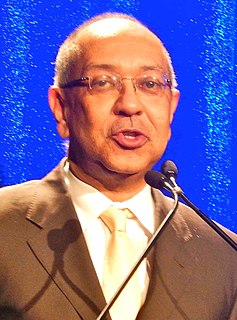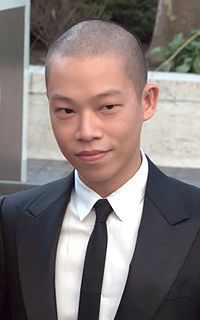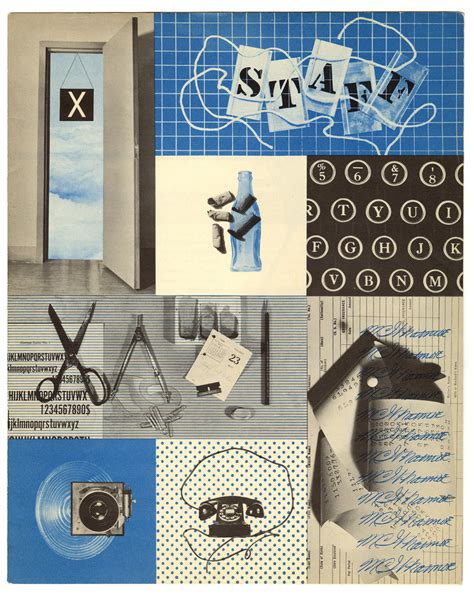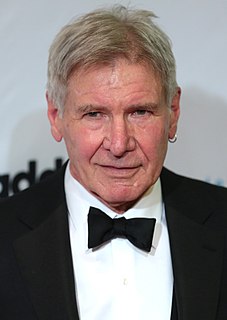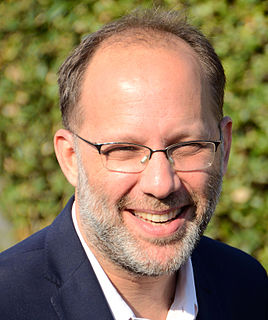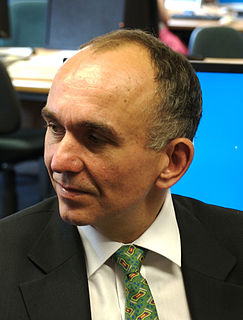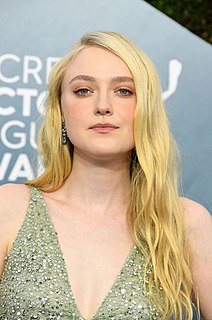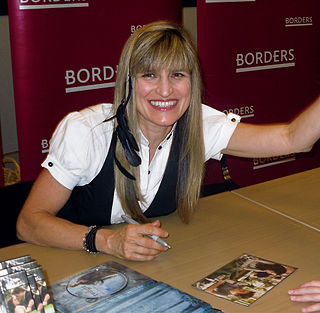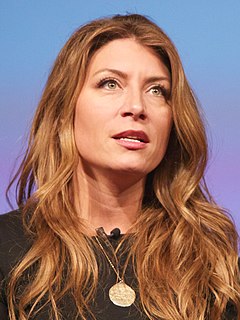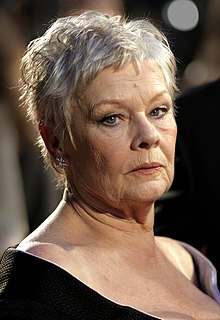A Quote by Douglas Sirk
I worked for UFA as a set designer, you know.
Quote Topics
Related Quotes
I'm an unbelievable designer. I don't know how I know and just do these things. I just start sketching and then I just know the colors and I always know the forecast. I know green and purple are going to be hot. I was born to be a designer. I worked hard to be a tennis player, I don't work hard to be a designer.
The words graphic designer, architect, or industrial designer stick in my throat, giving me a sense of limitation, of specialisation within the specialty, of a relationship to society and form itself that is unsatisfactory and incomplete. This inadequate set of terms to describe an active life reveals only partially the still undefined nature of the designer.
How a designer gets from thought to thing is, at least in broad strokes, straightforward: (1) A designer conceives a purpose. (2) To accomplish that purpose, the designer forms a plan. (3) To execute the plan, the designer specifies building materials and assembly instructions. (4) Finally, the designer or some surrogate applies the assembly instructions to the building materials. What emerges is a designed object, and the designer is successful to the degree that the object fulfills the designer's purpose.
I worked for 20 directors as a production designer, most male. I was on the set to witness firsthand a range of sometimes atrocious emotions - well-documented firings, yellings, fights between directors and actors, hookers, abusive things, budget overages, lack of preparation. A man gets a standing ovation for crying because he's so sensitive, but a woman is shamed.
I worked on the line, I've been an executive chef, I've worked for the Mets, I've worked for various steakhouses, vegetarian restaurants, a lot of Middle Eastern stuff. I've worked my fair share of a lot of different things. I've worked at festivals and street fairs, you know? I've been through it all.
